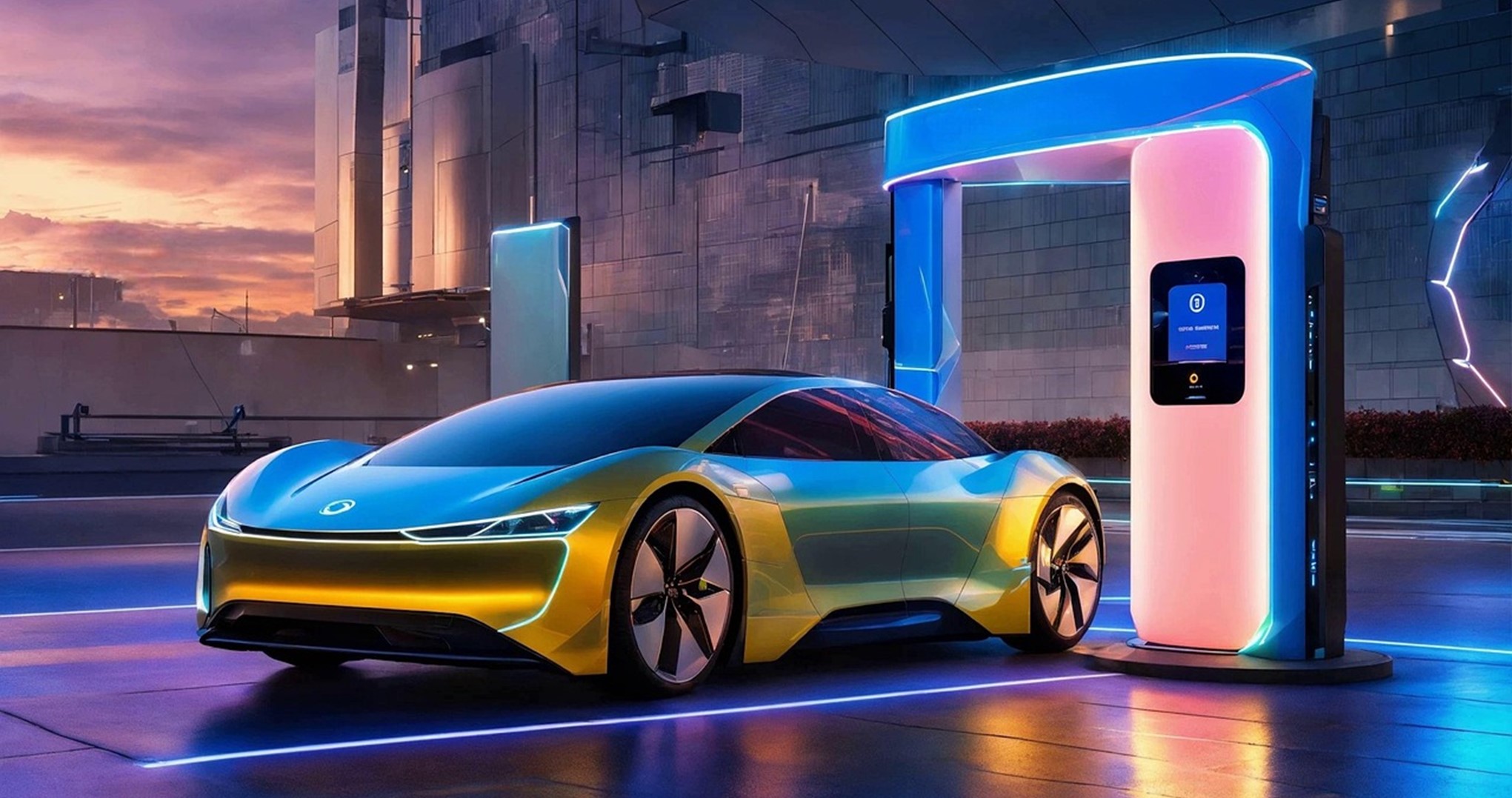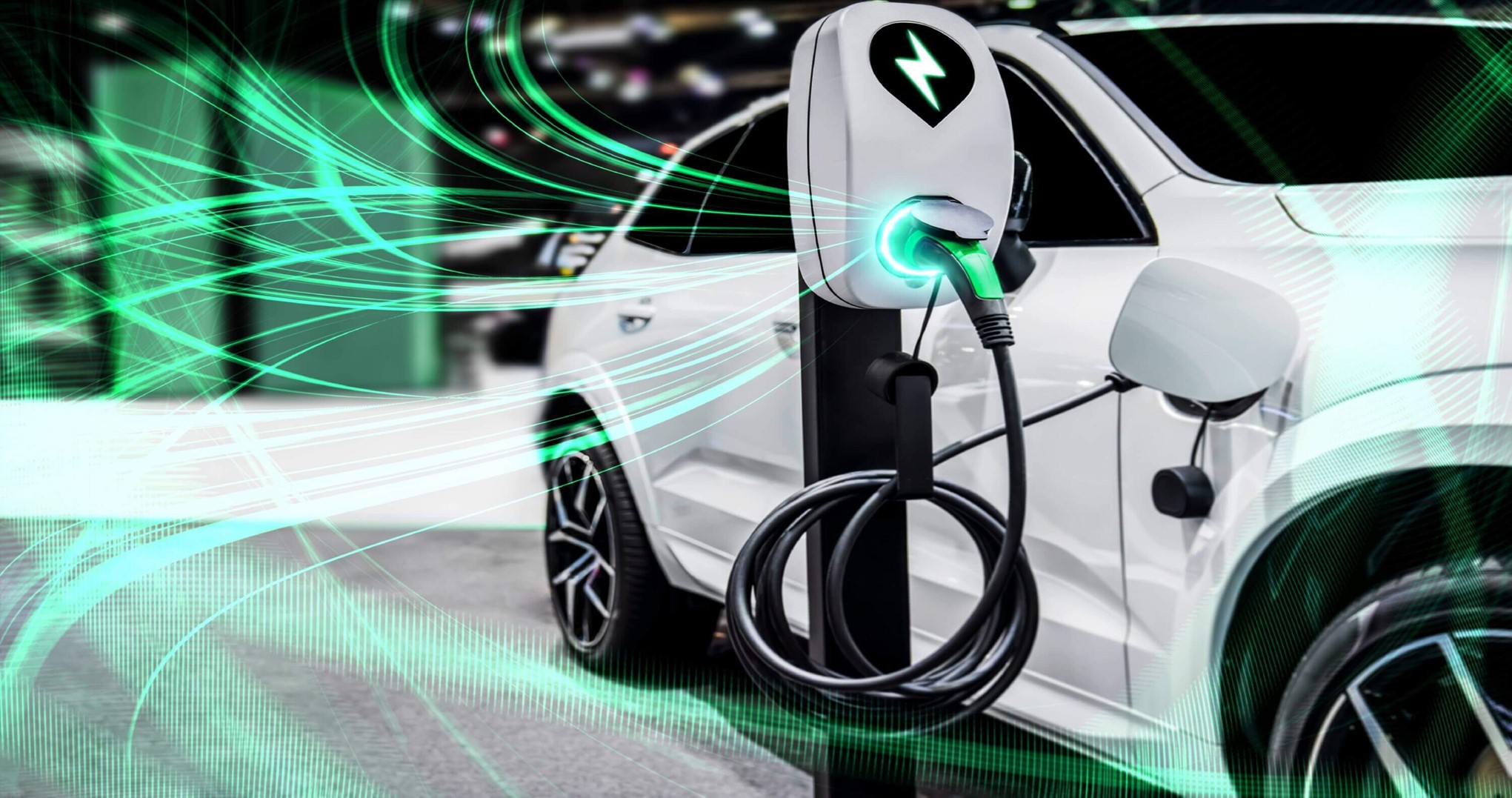CURRENT EV LANDSCAPE IN SOUTH AFRICA
South Africa marks a sales of 1257 BEVs during 2024.
WILL A 150% TAX BREAK ATTRACT GLOBAL INVESTMENT INTO SOUTH AFRICA'S EV SECTOR ?
To boost the EV production in the country, the Government of South Africa announced that companies that invest in the production of electric vehicles (EVs) or hydrogen fuel cell vehicles in the country would be able to claim a 150% tax deduction on these investments, beginning in March 2026. The legislation that was signed into law on 3rd Jan 2025 forecasts to unlock roughly $ 27 Billion in new investment in the country’s EV sector. The Hon’ble Finance Ministry of South Africa also announced a budgetary support of $ 51 Million to electric vehicles adoption in the country over medium term. According to South African Automotive Business Council – in light of the tax break, China has already begun encouraging its EV manufacturers to invest in South Africa in a bid to strengthen ties between the two countries, with three Chinese automakers having signed non-disclosure agreements related to potential investments in the sector. Several Chinese EV brands have already made inroads into South Africa. BYD entered the market in 2023 and has introduced three models. Great Wall Motors (GWM) has launched electric and hybrid options under its Ora and Haval brands, while Chery plans to roll out new NEV models in 2025, complementing its existing portfolio of internal combustion engine (ICE) vehicles. Additionally, Dongfeng unveiled its fully electric Box model in South Africa at the end of 2024.
Despite these developments, EV adoption among South African consumers remains limited due to several challenges. A 25% import duty on EVs, compared to an 18% duty on ICE vehicles, makes EVs less competitive. An underdeveloped charging infrastructure network is another obstacle. And although scheduled power cuts have significantly decreased, the country’s history of load-shedding has raised concerns about the feasibility of using EVs.
EV Battery Materials Availability in South Africa
EV manufacturers use several different chemistries in batteries. Lithium iron phosphate (LFP), lithium nickel cobalt aluminium oxide (NCA), and nickel manganese cobalt oxide (NMC) are the three leading cathode chemistry types. Of the three, NMC is the most prevalent and the fastest growing for the EV industry. This is due to its high specific energy and low internal resistance. NMC cathodes currently account for about 28% of global EV sales, which is expected to grow to 53% by 2027.
The Southern Africa region is fortunate enough to possess various mineral ores, which can be useful in the local production of lithium-ion batteries.
The African Continental Free Trade Area (AfCFTA) and the SADC Programme on Climate Change Adaptation and Mitigation could thus aid in accessing these raw materials. AfCFTA, enacted in May 2019, is the largest free trade area in the world. It aims to create a single market for easy movement of capital and goods, eliminate tariffs, and create a customs union.
South Africa is an attractive manufacturing destination for lithium-ion batteries because of its existing battery manufacturing (and recycling) industry. Besides, South Africa’s mining sector can provide some of the raw materials required for the NMC cathode battery chemistry, especially manganese and cobalt. SA possess 78% of the world’s manganese. Moreover, other raw materials required in the cathode are mined in sub-Saharan Africa. The increasing global demand and prices for these minerals could provide a boost to South Africa and the region’s mining industries. Considering the safety challenges of transporting LIBs, manufacturing in SA also represents a strong entry point to the wider African market
Availability of Raw Materials in the Sub-Saharan Region for Lithium-ion Battery Production
| Minerals & Metals | Source Country |
| Nickel | South Africa (9th largest global producer) and Zimbabwe |
| Manganese | South Africa (70% of the world’s manganese reserves), DRC, Gabon, and Ghana |
| Cobalt | DRC (>60% of world supply, of which 85% is exported to China), and Zambia |
| Lithium | Zimbabwe (5th largest producing country), South Africa, and Namibia |
| Graphite | Mozambique (20-40% of global reserves), Tanzania, Zimbabwe, and Madagascar |
| Copper | South Africa, DRC, Namibia, Zambia, and Zimbabwe |
EV Battery Mineral Reserves in South Africa & Countries in Southern African Region
Driving Clean Mobility: Key Regulations and Policies Shaping South Africa's Green Future
Key initiatives by Government of South Africa to drive clean mobility
The South African Automotive Master Plan (SAAM) 2021-2035
The SAAM guides policy on growing and supporting the domestic automotive industry from 2020 to 2035. Developed by government and the automotive industry, the SAAM covers car and light commercial vehicle manufacturing, medium, heavy, extra-heavy truck, and bus production (potentially including off-highway vehicles), motorcycles, and the South African component supplier industry. Vehicle importers and distributors are also covered. This also includes incentives for investment into new technologies such as EVs and hybrids.
Green Transport Strategy (GTS) for South Africa – 2018 to 2050
To address the significant contribution of transport to national greenhouse gas (GHG) emissions, the Department of Transport (DoT) has developed a green transport strategy. The GTS, which is based on sustainable development principles, aims to minimize the impact of transport on the environment, and meet current and future transport demands. It promotes green mobility and is the first national government-led strategy that makes provision for sustainable transport. This included – (i) offer producers of EVs manufacturing incentives to both produce and sell affordable EVs in South Africa, for both the local and export markets, (ii) work with local research institutions to research EV batteries,(iii) assist in establishing & developing local EV OEMs, (iv) consider providing incentives related to the beneficiation of using local resources in the manufacturing of key machinery and/or components (e.g., hydrogen fuel cell electric vehicles)




